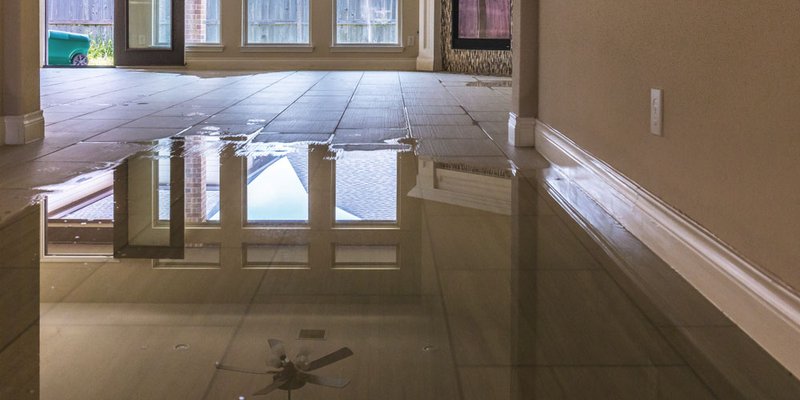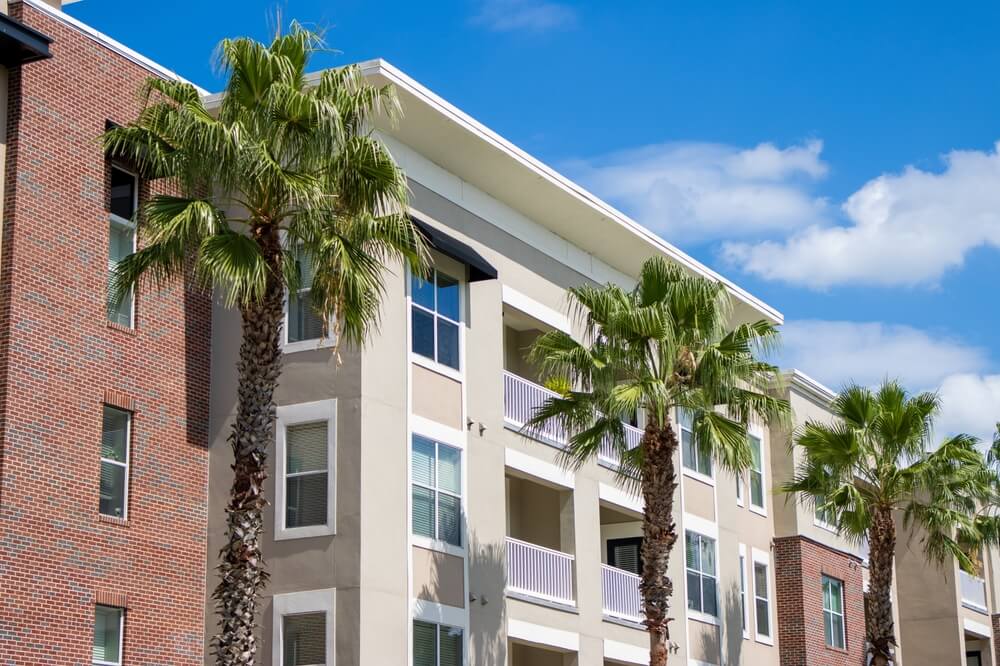
If you are not redirected within 30 seconds, please click here to continue.
Samedi: 10h – 16h HAE

If you are not redirected within 30 seconds, please click here to continue.
If you are not redirected within 30 seconds, please click here to continue.
Why Every Homeowner in Canada Might Need Flood Insurance

Table of Contents
- Overland flooding insurance has only been available in Canada since 2015 – two years too late for Alberta’s historic floods of June 2013 – and only from one provider.
- Heavy rainfall is a major cause of overland flooding, which is why every homeowner should consider getting covered.
- There are “significant” differences between overland flooding policies in Canada. Homeowners must confirm exactly what their coverage does – and does not – include.
Canadian property owners should consider buying overland flood insurance coverage even if they don’t live near a body of water, according to the Institute for Catastrophic Loss Reduction.
The advice is included in a new 22-page booklet – titled ‘Focus on Types of Flooding’ – designed to educate Canadians about the types of flooding and what insurance will cover. The ICLR notes that overland flood coverage has been available in Canada since 2015, but it must be added to policies as an endorsement.
Even that limited availability did not exist as recently as June 2013, when much of southern Alberta was drowning in its worst flooding since 1932. That disaster caused nearly $6-billion in damage, yet insurance companies covered just $1.7-billion or less than 30 cents on the dollar.
While overland flood coverage is now widely available for low- and medium-risk properties in Canada, the ICLR says only one insurer currently offers protection for homes at high risk of flooding. And that can be prohibitively expensive: additional annual premiums of $5,000 provide coverage of roughly $150,000, not even close to the cost of rebuilding a flood-ravaged home.
The booklet also explains the various types of flooding homeowners might face and how their insurance policy might cover different flooding events. It is common for several types of floods to occur at the same time, amplifying their individual effects.
For example, a heavy rainfall that hit Toronto in 2013 caused residential flooding in several ways, including the amount of rain that fell in a short time, the overflow from creeks and streams as well as sewer backup. As a result, some of the damage was covered by insurance policies, and some were not.
“Attempting to pigeonhole flooding into these three or four main categories is often problematic because several different types of flooding often occur simultaneously or close to simultaneously, contributing to the overall flood event,” the ICLR says.
“Also, it can sometimes be unclear what phenomenon led to a given flood. For instance, it is often difficult to determine if a basement flooded from overland flows coming in through windows and doors, or whether it flooded due to seepage of groundwater through cracks in the foundation.”
Don't waste time calling around for home insurance
Use RATESDOTCA to shop around and compare multiple quotes at the same time.
Finding the best home insurance coverage has never been so easy!
What property owners ultimately need to understand, the ICLR says, is that proximity to bodies of water is only one cause of overland flooding.
“One of the major causes of overland flooding in Canada is from heavy rainfall,” the booklet says.
Most flood insurance also covers only “freshwater flooding,” which would exclude anyone living near coastlines. There is also just a single insurer in Canada that even offers saltwater flooding protection.
The difference between different policies might be significant, the booklet concludes, urging homeowners to contact their home insurance provider to determine what – exactly – their coverage includes.
With files from Thompson’s World Insurance News. Used with permission.
Get money-saving tips in your inbox.
Stay on top of personal finance tips from our money experts!










